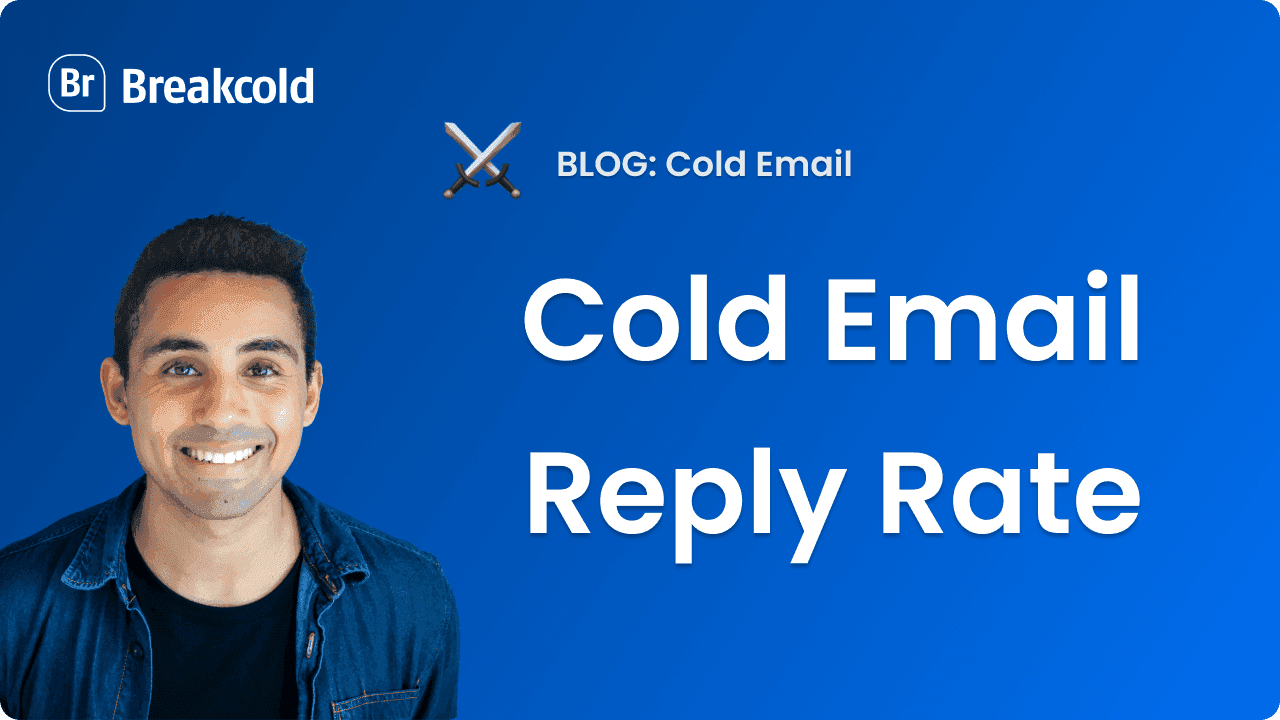
What is the reply rate?
The reply rate (response rate) is the metric used in cold emailing to know how many people replied to your emails out of how many emails you sent.
Salespeople, agency owners and startup founders love cold email reply rates because they're always superior than traditional reply rates using mass mailing or email marketing softwares.
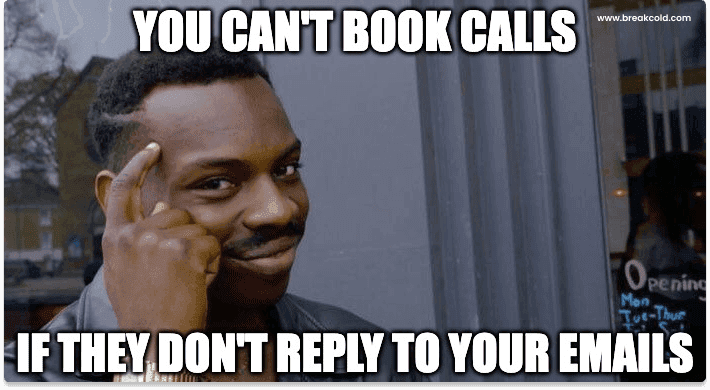
You can't book call if they don't reply to your emails
What is a good cold email reply rate?
A good reply rate is anywhere above 15%. Top cold emailers have reply rates touching the 40%, even +50%.
I also noticed that some sales representatives (SDRs & BDRs) are flexing on LinkedIn with impressive 60% reply rates. Cautious with those as they might be warm emails, not cold ones.
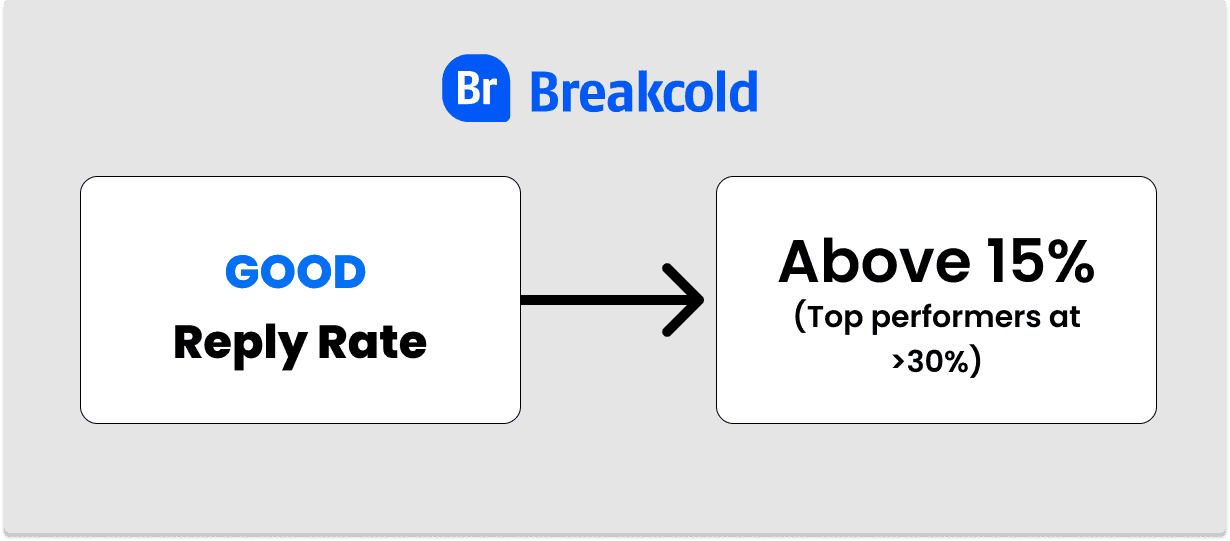
Top performers usually spend more than 10 minutes per cold emails sent
People with high reply rates generally know their buyer persona like no one in their industry, have an attractive sales pitch or give tons of value to prospects.
What is an average cold email reply rate?
An average reply rate in cold emailing is between 5% to 12%.
People who have this kind of reply rate usually have mastered all the basics of cold emailing: deliverability, copywriting, segmentation and targeting.
However, they don't personalize a lot their cold outreach but they do it deliberately in order to shoot more cold emails. They win the game by playing with volume.
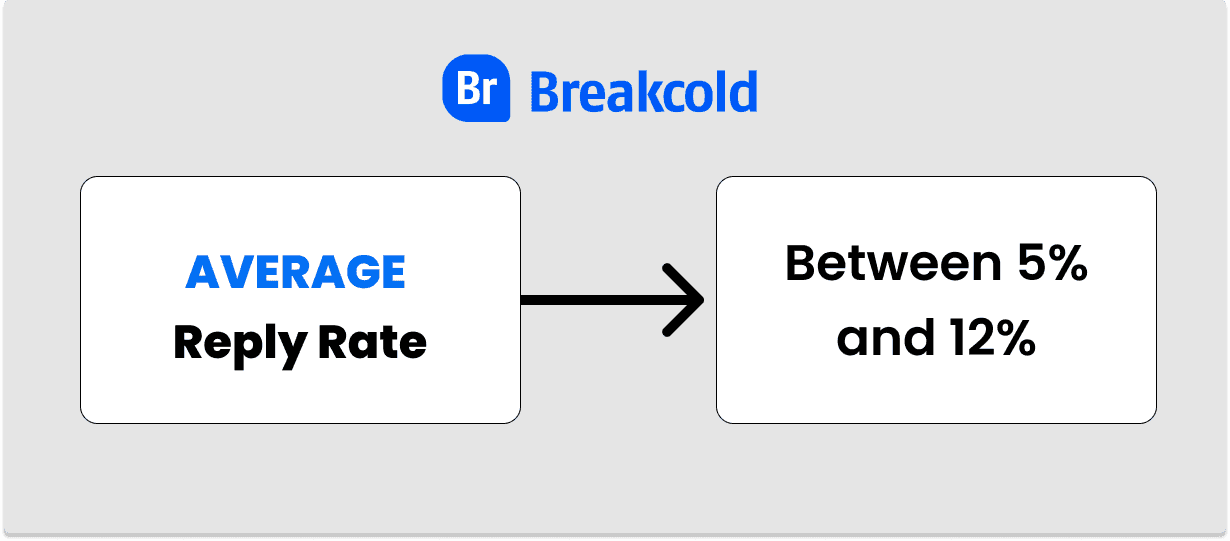
If we had to pick only one percentage, that would be 6%, it's quite recurring
What is a bad cold email reply rate?
A bad cold email reply rate is below 5%.
At this stage, assuming you have a decent open rate, you should ask yourself questions about the quality of your email copywriting and about your sales pitch.
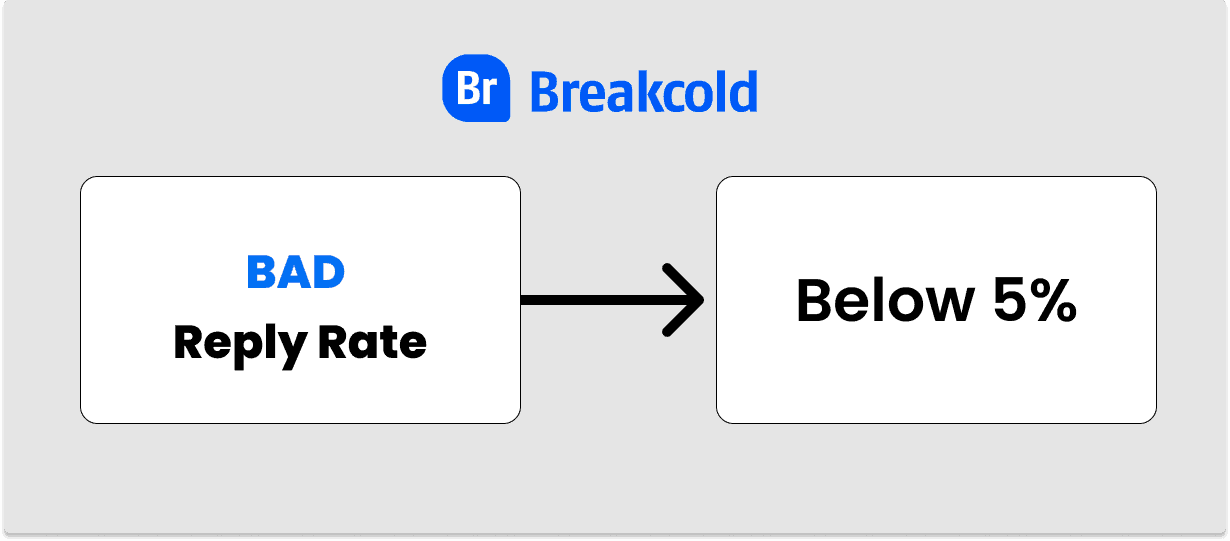
2% is industry standard if you're doing mass cold emailing
How to increase your cold email reply rate?
There are basically 4 points to work on if you want to increase your cold email open rate.
1. Work on your sales pitch
Your goal with cold emailing is to start conversations. Don't give away all the details about your sales pitch (it's sales pushy anyway).
You need to expose what you're doing in 1 or 2 sentences.
Example: Our social selling software helps you save 10 hours a week per rep to accelerate your sales cycle time by 50%.
You can see that this sales pitch example is intriguing but doesn't give too many details.
2. Keep your cold emails short
Cold emails above 100 words are less and less performing. Prospects attention span is low.
When emails are too long, people don't want to reply or tell themselves they will do it later (but they actually don't).
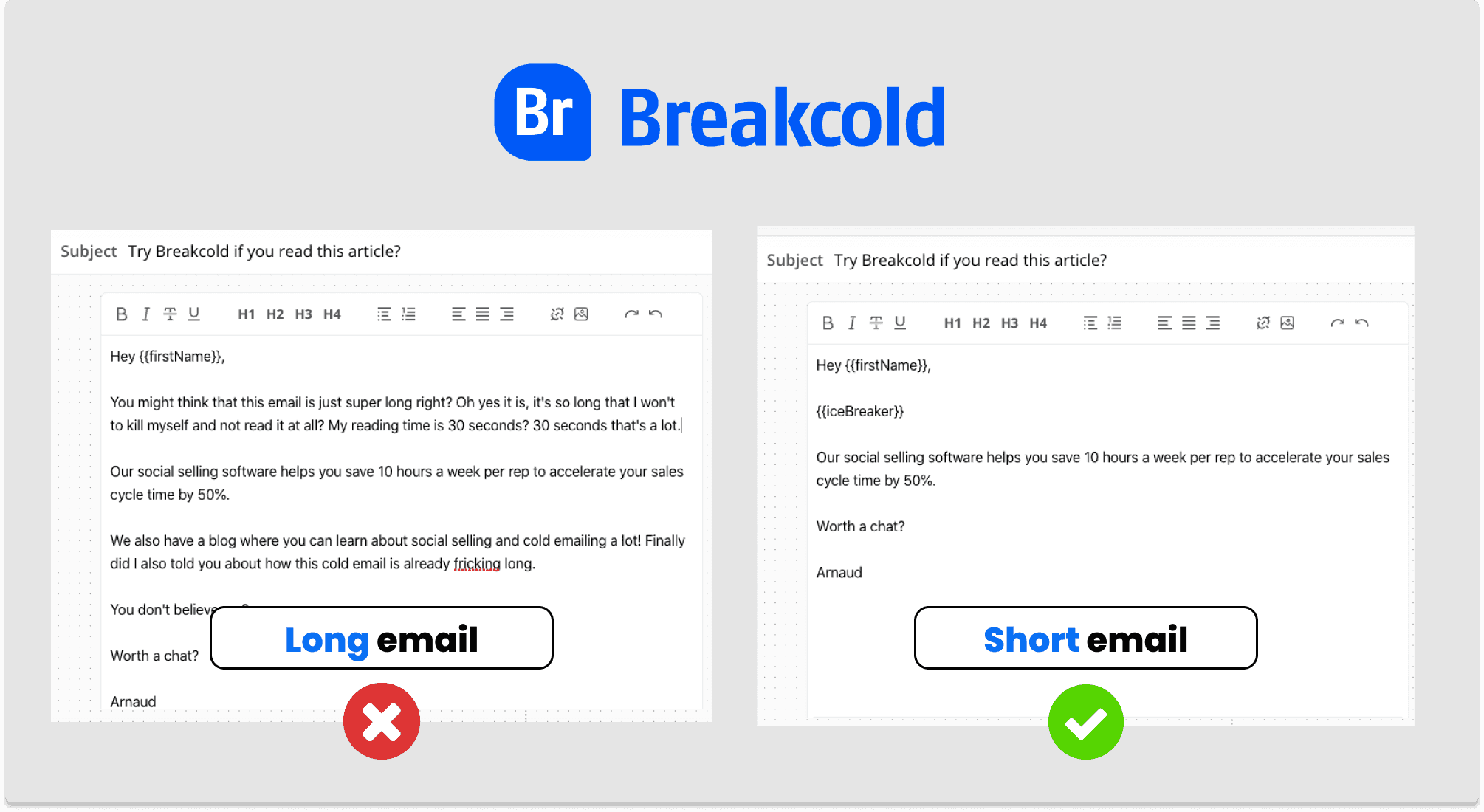
Look at your spam folder, you'll understand what a long email is
On the opposite, everyone answers rapid emails. The less your recipient has to think, the better.
3. Try different buyer personas until you find the right one
Some recipients might be more receptive to your sales pitch. You can a cold email to Y prospect, get 2% reply rate and send the exact same one to Z prospect and get 15% reply rate.
Maybe you already know that digital marketing agencies are your target customers for example. But you probably don't know if SEO agencies will be more receptive than let's say influencers agencies.

Segmentation is everything to get better response rates
That's why you need to send multiple cold emails to slightly different buyer personas to really determine a winner.
4. Hyper-personalize your cold emails
People don't reply to generic cold emails anymore.
As the barrier between cold email and spam is thin, you need to be careful. Personalizing your cold emails will always guarantee yourself a high reply rate in the 30%.

I personalize my cold emails using Breakcold Social Selling CRM, great response rate improver
5. Use memes or GIFs
Humor, especially in cold email follow-ups is super powerful to get replies. Even if people are not interested in your offer, they will reply and let you know why if you're funny enough.

You can increase your response rate by using imgflip to create memes
What can decrease your reply rate?
From my experience and the ones of our paying customers, the number 1 factor that can decrease your reply rate is to be too casual with prospects.
Most of them don't like that, prospects are not your friends, at least not yet. Most industries will not sympathize with you if your cold emails look unprofessional.
Positives replies vs Negative replies
Reply rate is a good metric, but you should always make the difference between positives replies and negative replies.
What is the difference between positive replies and negative replies?
Like they suggest, positive replies are positive answers to book a demo of your product/service or to book a call. A negative reply is someone who is not interested in your offer.
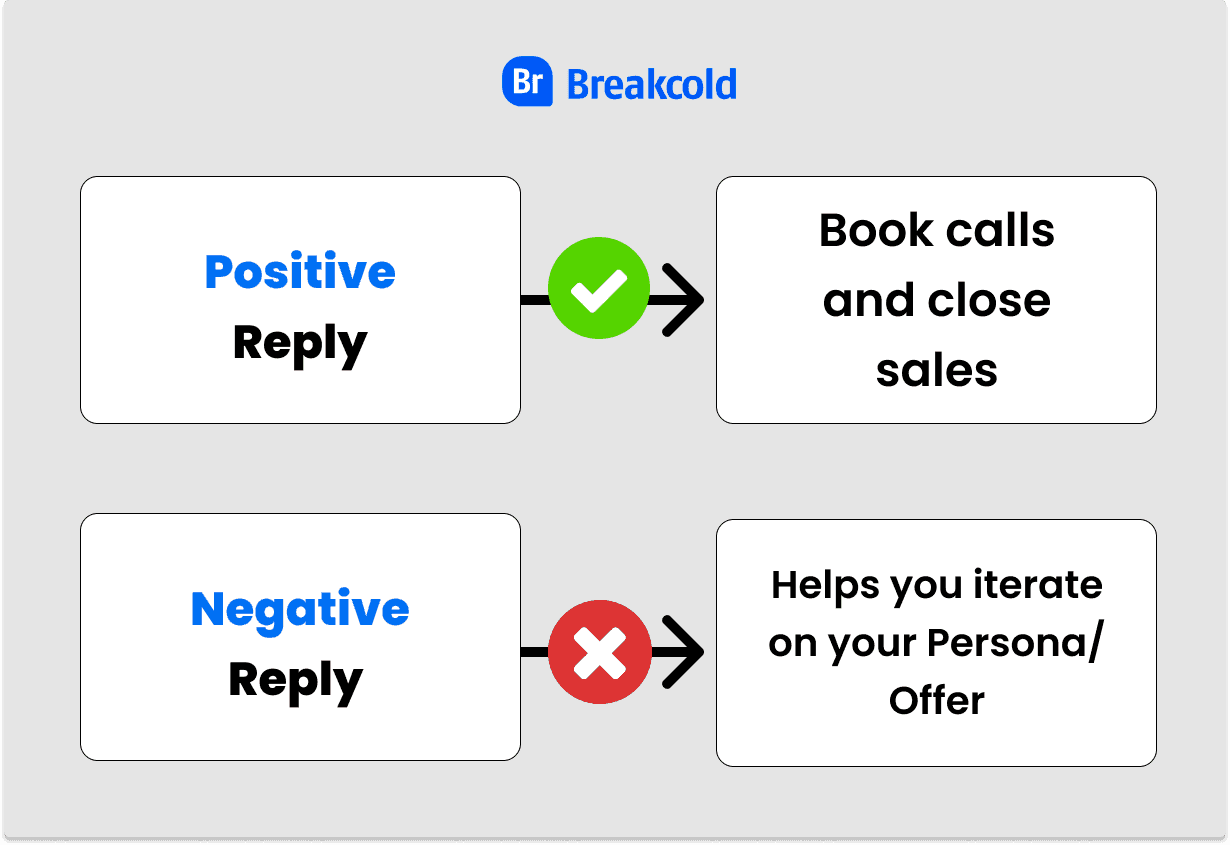
Always aim for a response in cold emailing
Negative replies can be cruel and impolite but some of them are gold-mine to understand that you targeted the wrong kind of individuals.
In any way, your goal should always be to have either a positive or a negative reply to adjust your cold email strategy.
Why should you readjust your reply rate considering positive and negative replies
Once you now all the positive and negative replies on a given cold email campaign. You should readjust your reply rate, what I call the 'true' reply rate.
If you realized that your true reply rate is 0% while your original reply rate was 10%, it means that you target the wrong people (1) or that you manage to attract hate on your cold email copy (2).
From there, you can start iterating to fix these issues.
How long should I wait before determining my definitive reply rate on a cold email campaign?
People never talk about it! Most of your prospects don't check their emails every single day and so do I.
I personally only deal with important/urgent ones daily but I review cold emails I receive every single week only.
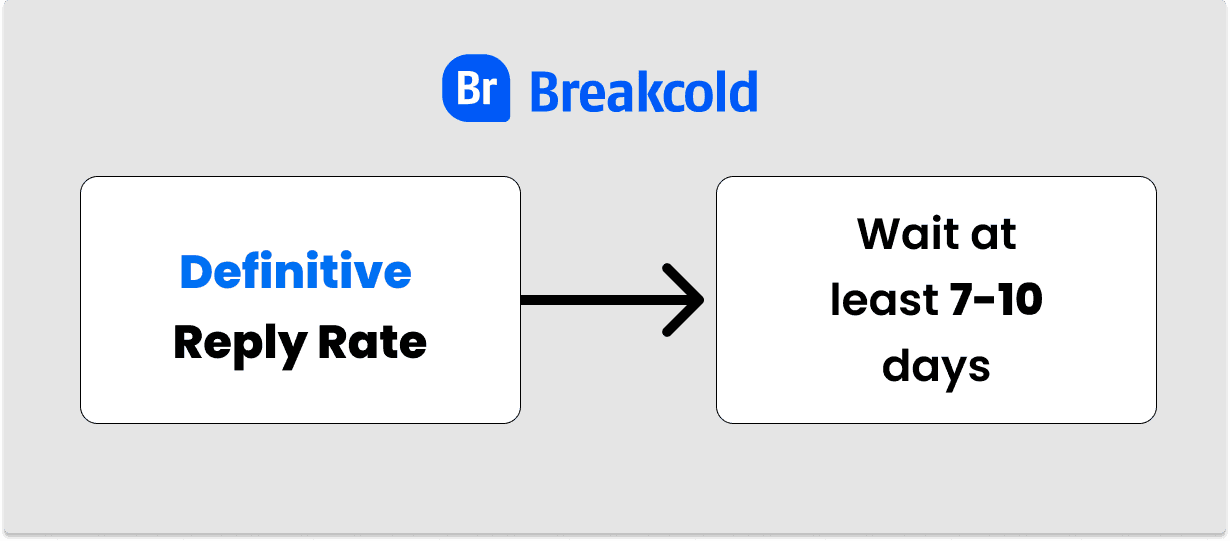
Some people even reply after a month
From the data we have at Breakcold, it appears that 7 to 10 days is the good period to wait before determining a final reply rate.
Cold email reply rate vs cold email open rate: which one is the most important?
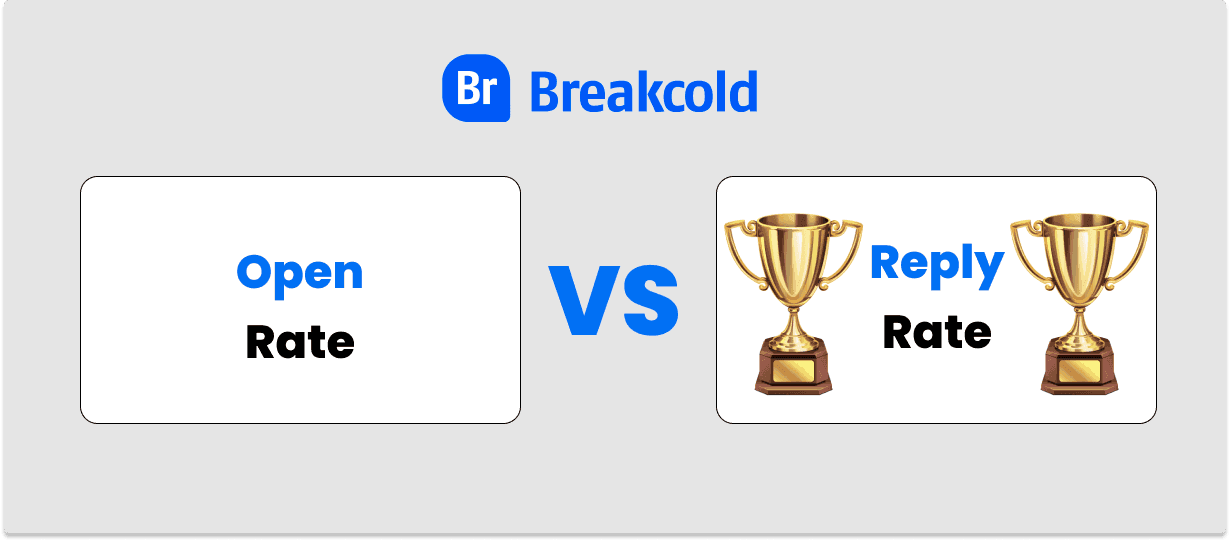
Response rate is a string KPI to use compare to open rate
Cold email open rates are vanity metrics. Reply rates are much more reliable and will tell you more about the actual performance of your campaign.
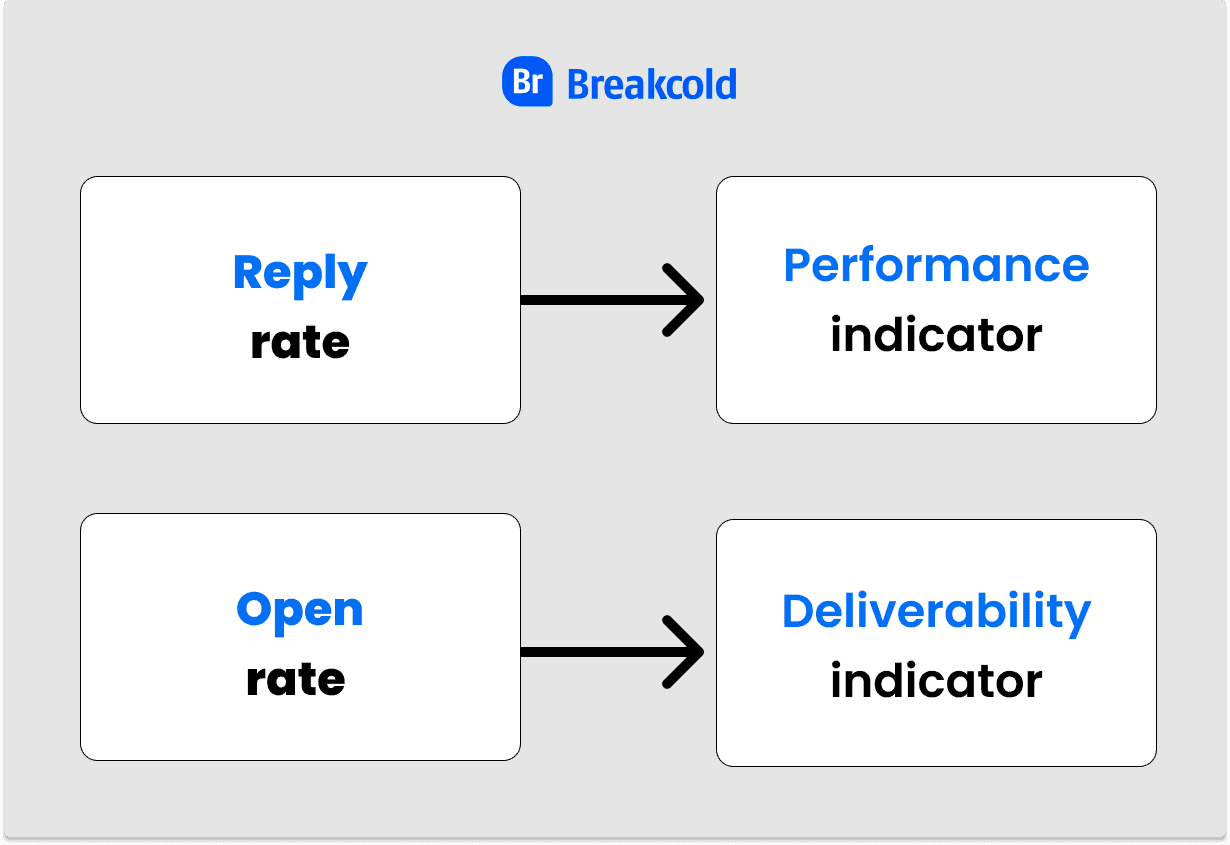
When you're getting started, the open rate is a great KPI to follow to reach a great email deliverability
This is how I see it:
cold email open rates = deliverability indicators
cold email reply rates = performance indicators
Are reply rates better with cold email or LinkedIn message?
Reply rates are better with LinkedIn messages than cold emails. Indeed, LinkedIn messages open rates are closed to 100% while cold email open rates are in the 50%.
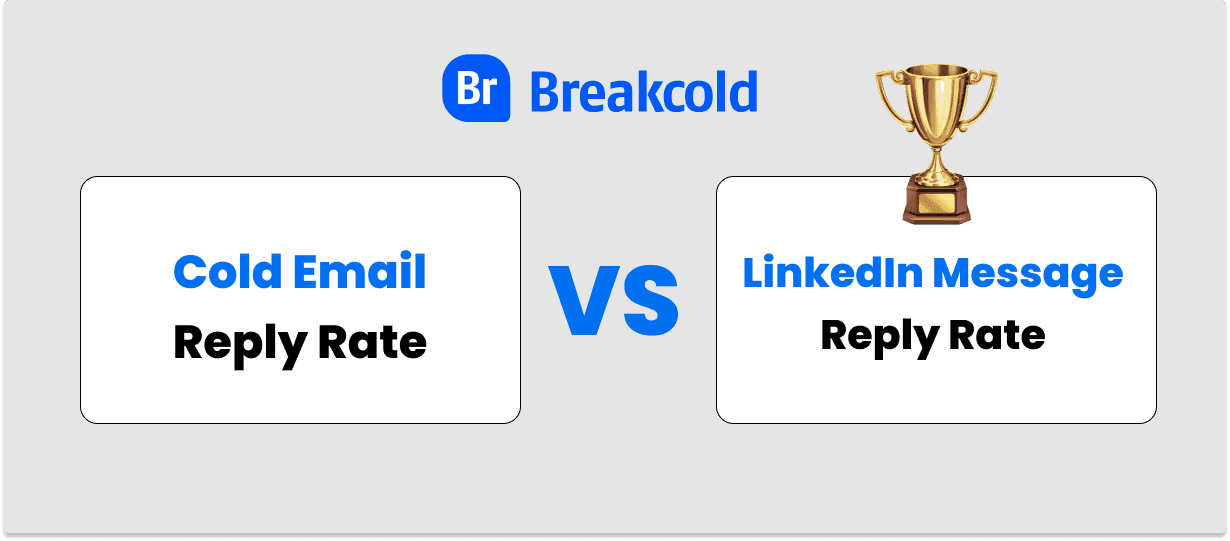
You can only send LinkedIn messages to 1st degree connections though
Are reply rates better with cold email or LinkedIn InMail?
According to different studies, both cold email and Linkedin InMails have similar open rates.
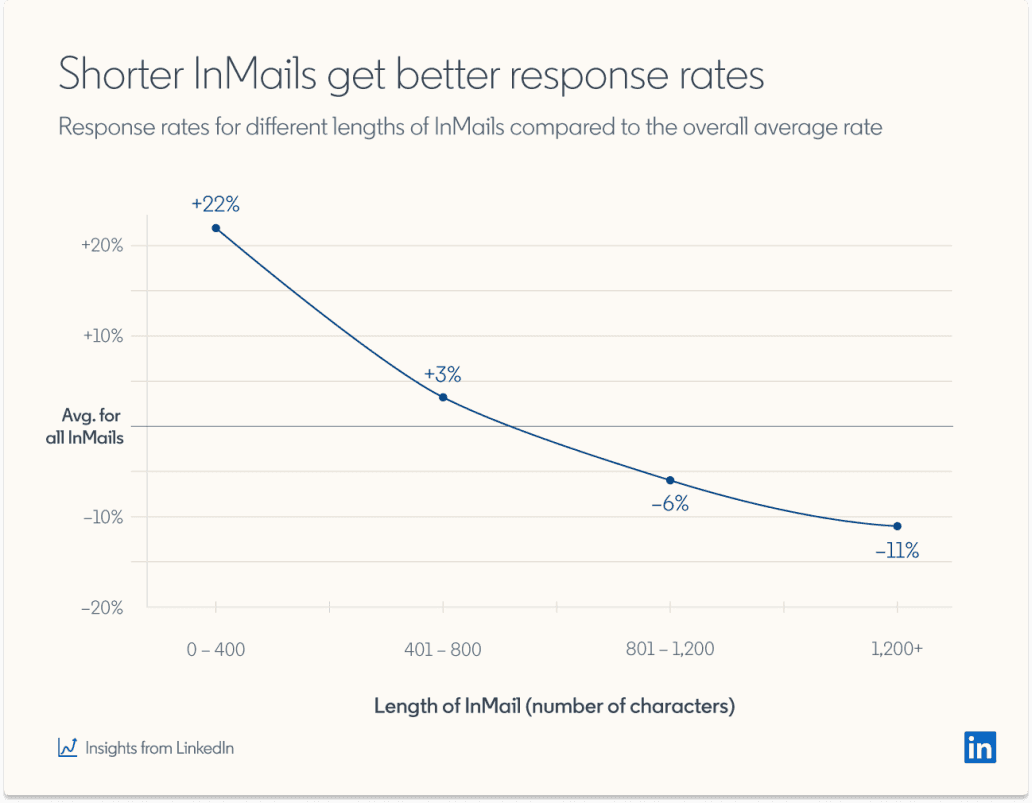
Reading grade also affect your response rate
My method to always secure a good cold email reply rate
3 simple methods.
1. I hyper-personalize emails manually (Option 1)
I use Breakcold social selling feed to get inspired from my prospects new activities in order to hyper-personalize my email opening lines as well as my subject lines.
That way, I secure an amazing preview text that jump my open rate to +70%.

2. I segment well my prospects and use a semi-personalized first line (Option 2)
When I don't have time to personalize each opening line, I segment my prospects by location or industry and craft an intro line that is generic but personalized to the group I want to reach out to.
3. I use AI first lines to break the ice with my prospects (Option 3)
If i'm really lazy and need to send a cold email campaign to a large volume of prospects, then I will use AI first lines to boost my open rate.
1/ I import a CSV inside Breakcold
2/ I generate in bulk the first lines using AI
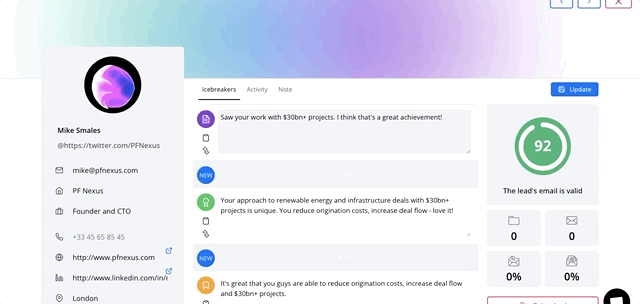
3/ I pick my favorite lines out of the 4 generated, it takes me 1 hour per 200 prospects.
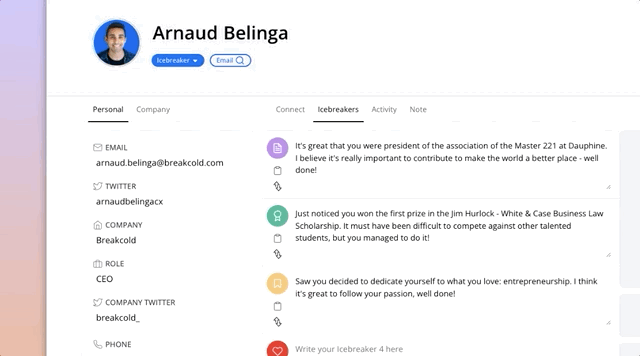
4/ I insert the lines in my cold email sequence using the variable Icebreaker.
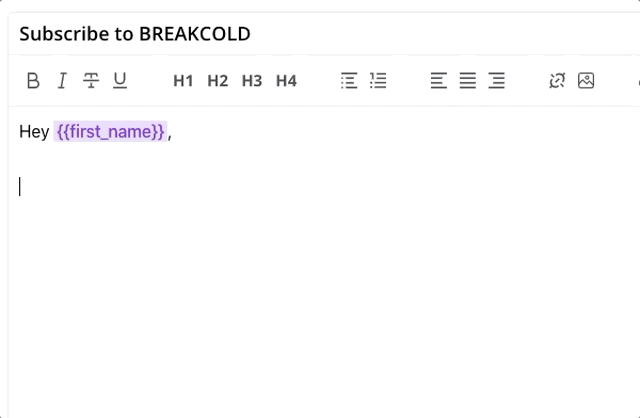
Conclusion on Cold Email Reply Rate
Cold email reply rates are formidable metrics to know if you're going in the right direction with your sales outreach strategy.
However, always keep in mind that a high reply rate doesn't means that you'll get only positives replies.
Always try to calculate your positive reply rate to really know if your campaign is performing or not.



![How To Improve Your Cold Email Copywriting? [7 Rules]](https://framerusercontent.com/images/F3p5yPpKybRB3m61T0itXjR94.png)
![What Is A Bad, Good & Average Cold Email Conversion Rate? [2025 Guide]](https://framerusercontent.com/images/IUgpPIXxtEgZXqQKluxBuRyM.png)
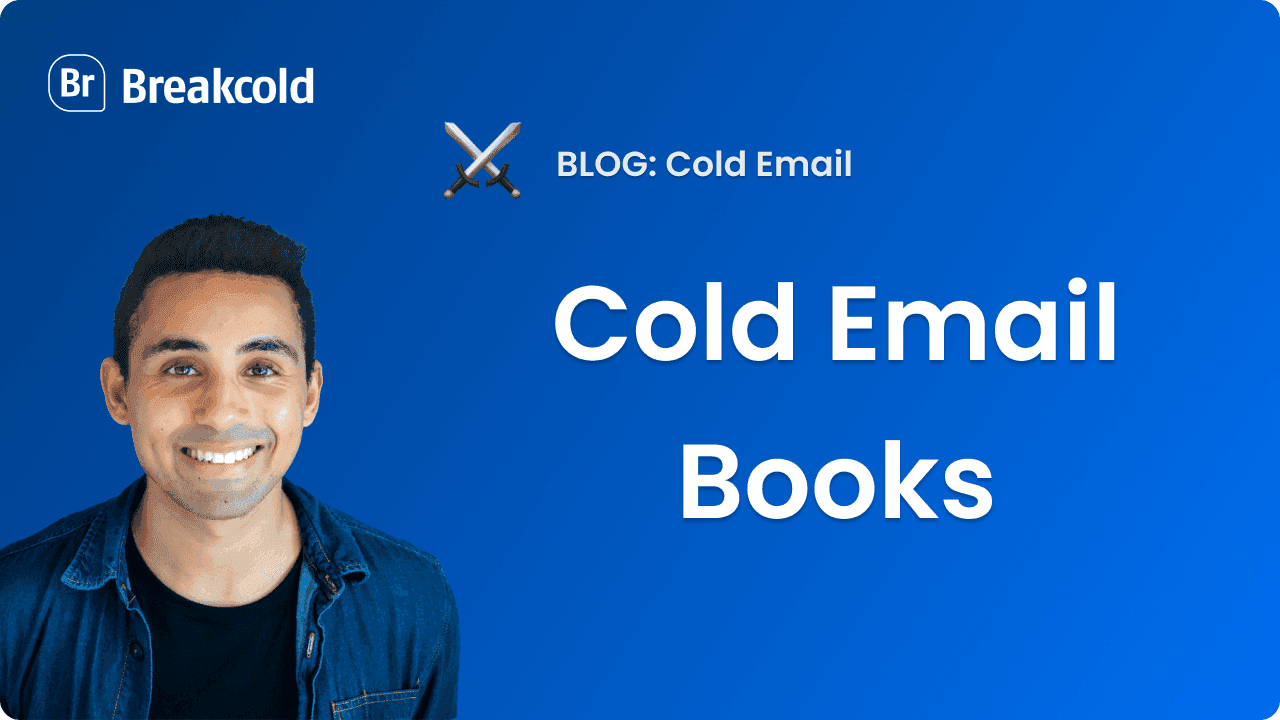
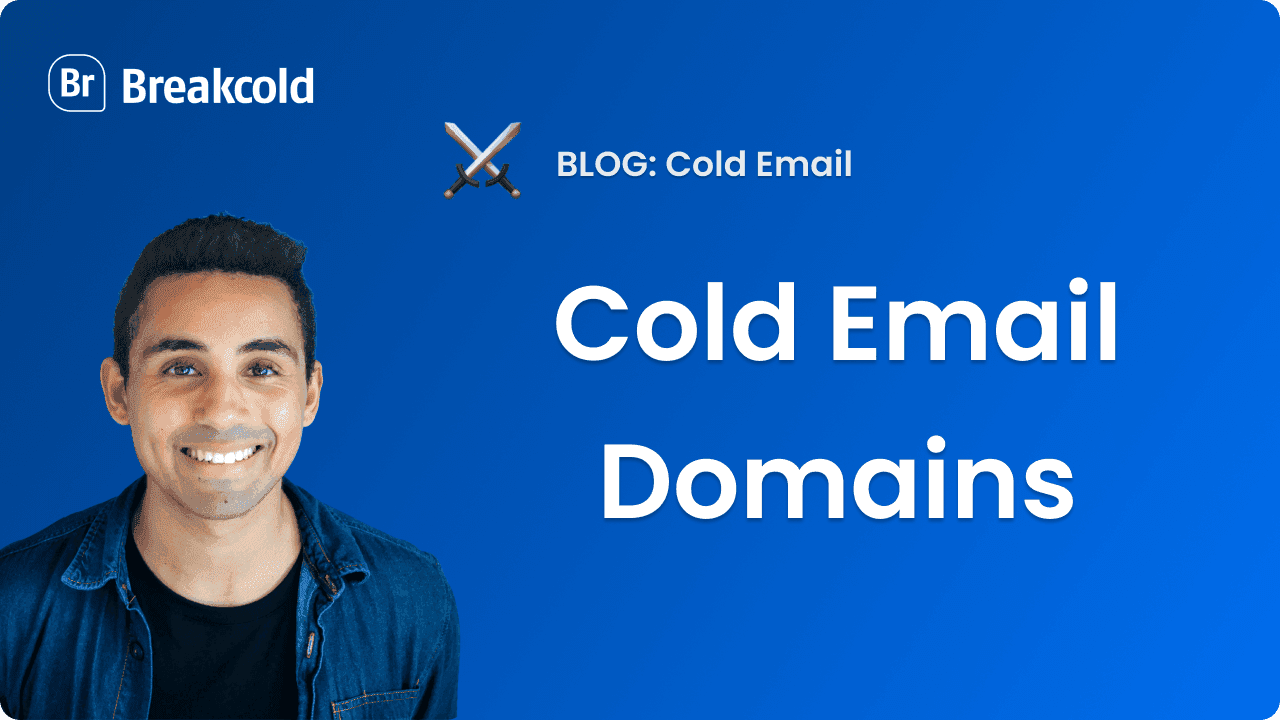
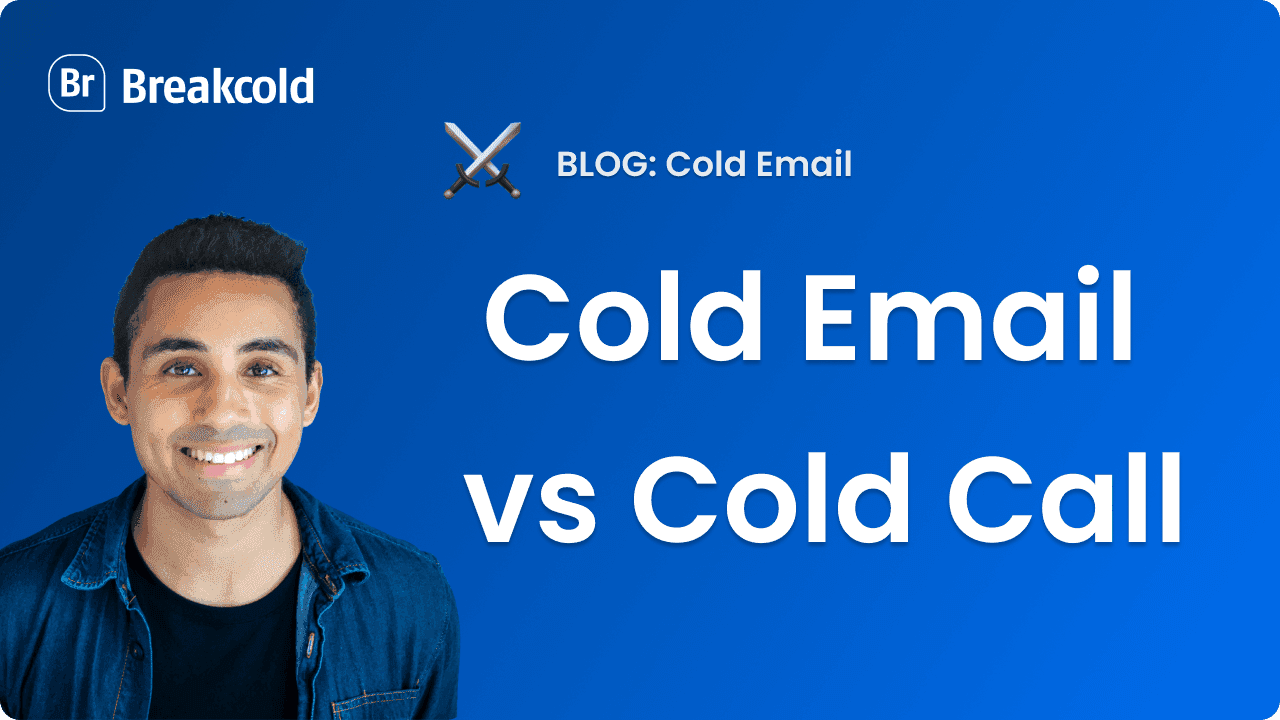

![Cold Email First Line [How To Use Opening Lines 2025 GUIDE]](https://framerusercontent.com/images/HWYMN123ynAStXOnwm2tQzATCQ.png)
![7 Keys To Write the Perfect Cold Email Call To Action (CTA) [With A List of 28 CTAs]](https://framerusercontent.com/images/4EzAyDmsWBJpYMdrrjQbwO6IY0.png)
![Cold Email Closing Lines 2025 GUIDE [How To End A Perfect Cold Email]](https://framerusercontent.com/images/rReLPtmLPrlYgSbhcEPKEa4kzbA.png)
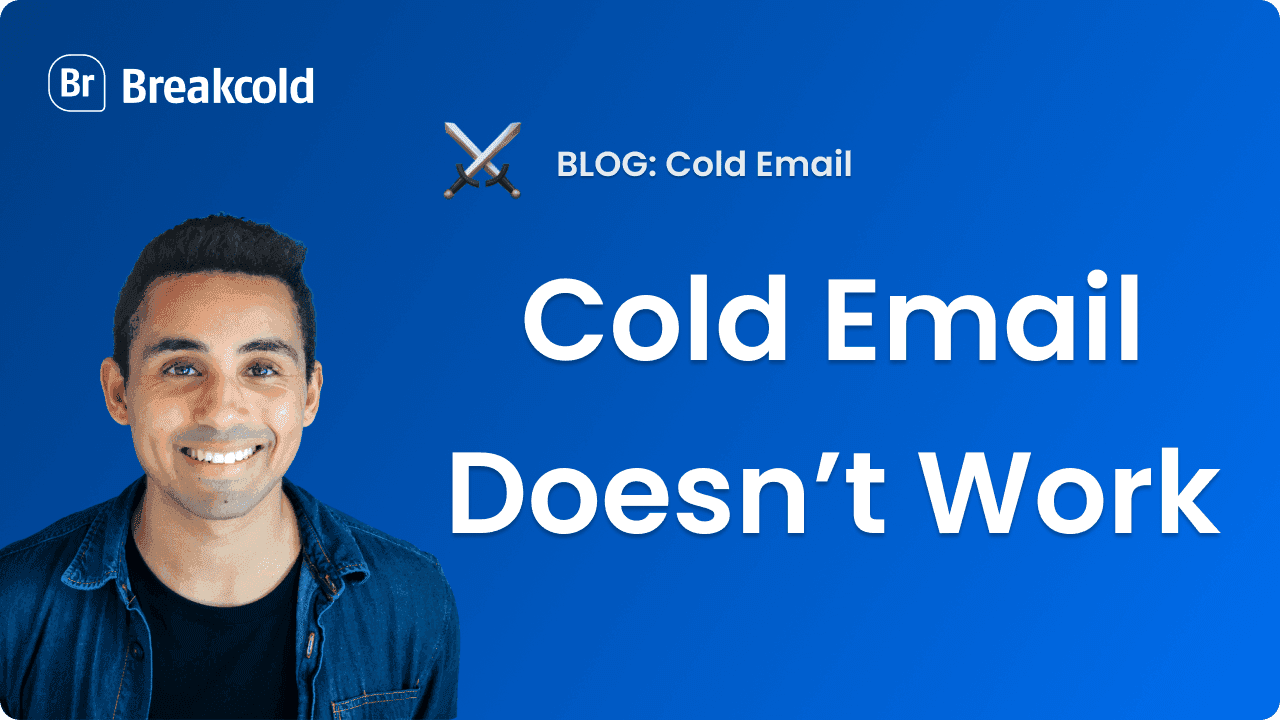
![7 Ways To Get Cold Email Personalization Right [With Examples]](https://framerusercontent.com/images/ZDIInVx3SAVXK92otmO8EAFyWeQ.png)
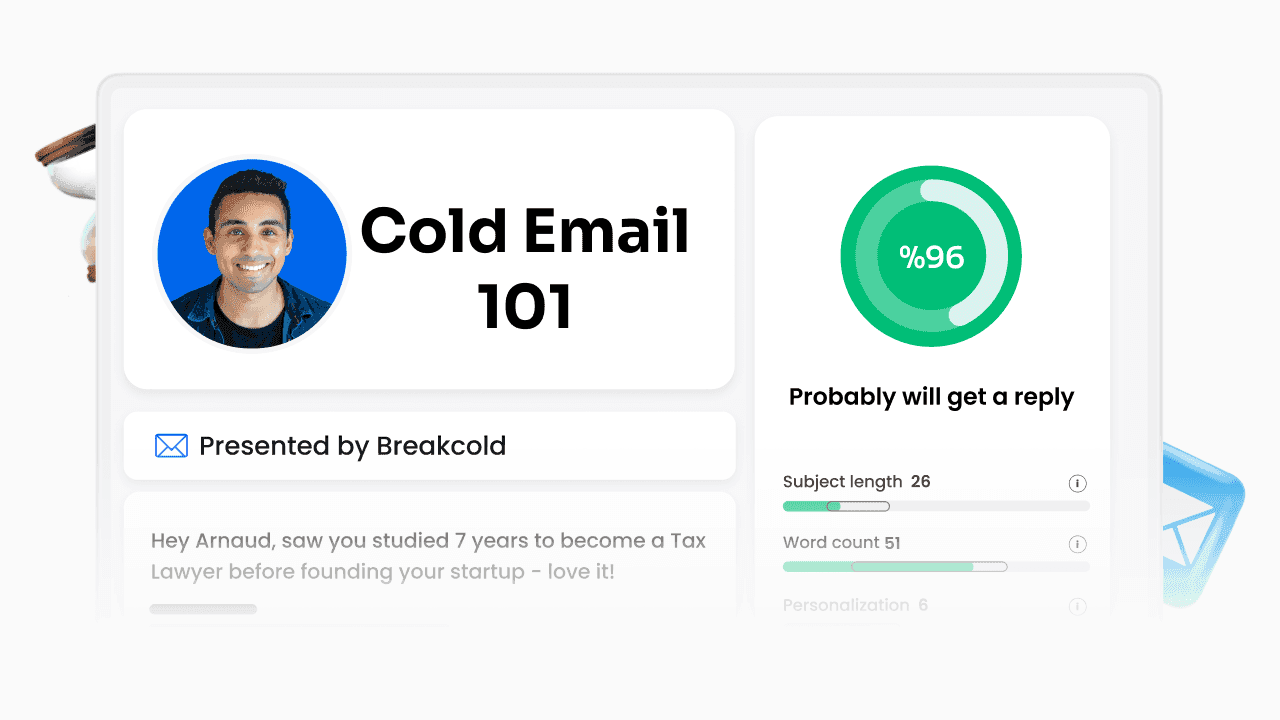
![4 Rules To Write A Cold Email Follow-Up [With 4 Templates]](https://framerusercontent.com/images/hUsEBGBhPHy7xOV1OuyyVOQFkjw.png)

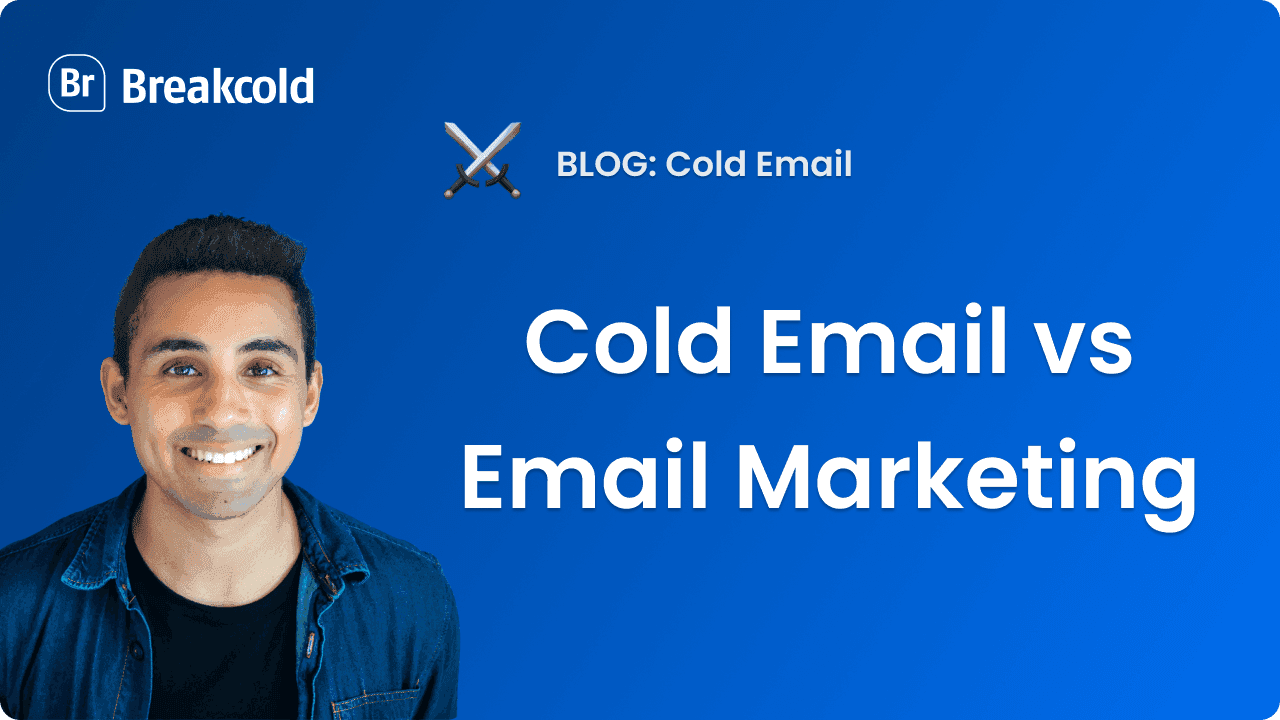
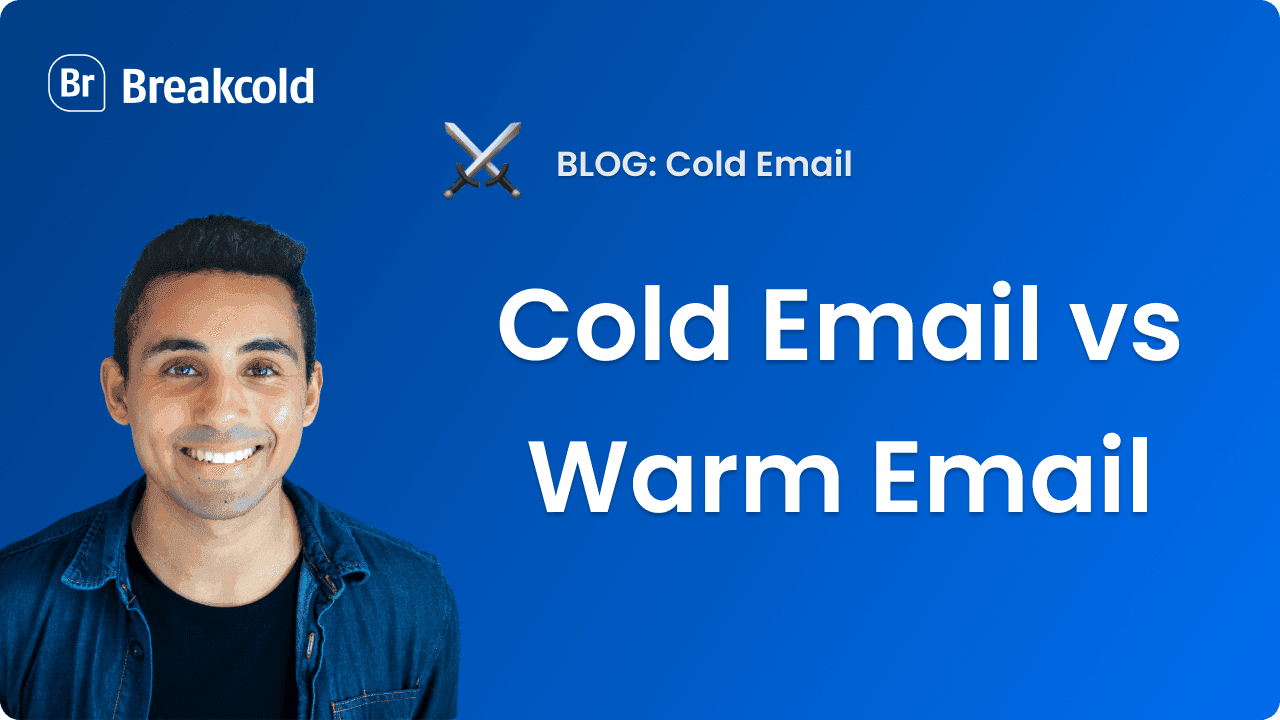
![16 Cold Email Templates Analyzed [With Results]](https://framerusercontent.com/images/CBPQmFpmnajBApWIELUI13JBgY.png)
![How to Use Cold Email PS Lines [With 6 Templates]](https://framerusercontent.com/images/HiMRqeegrzczrBTKfyzYWlMk.png)
![How To Write A Good Cold Email Sales Pitch? [With Pitch Examples]](https://framerusercontent.com/images/rSunMOwVfvPxOLXdxRR7dixHTs.png)
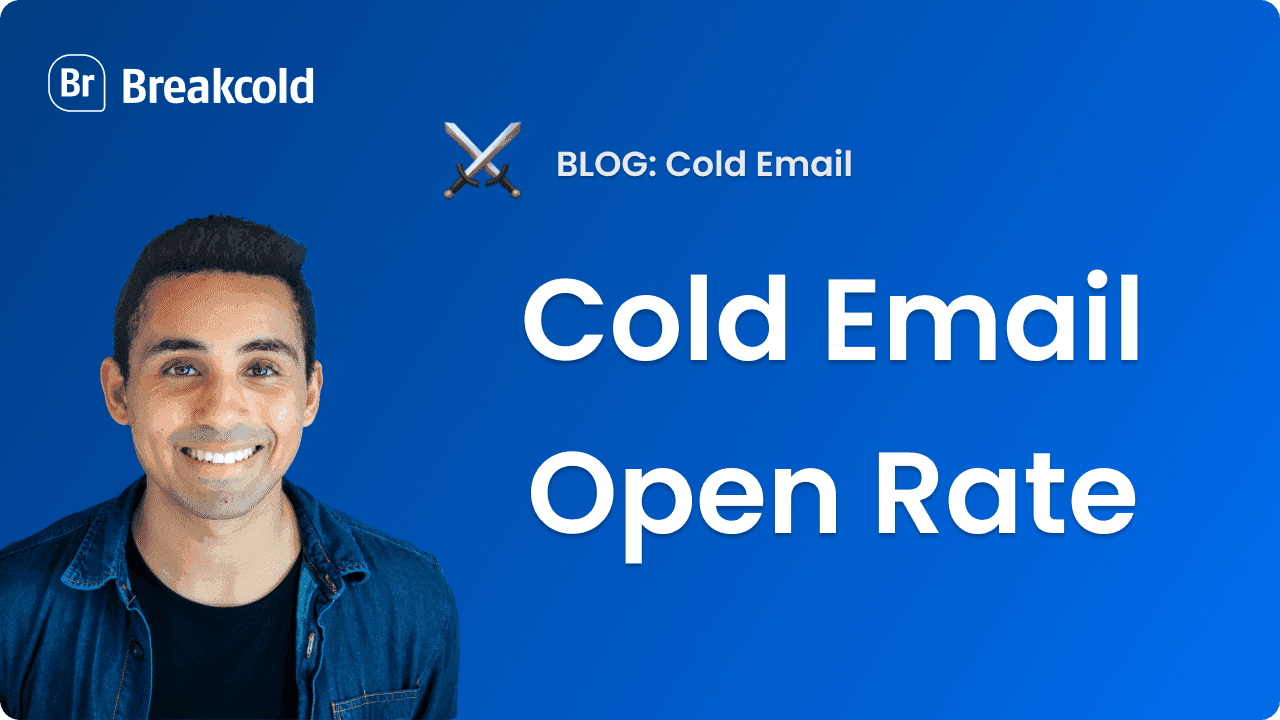
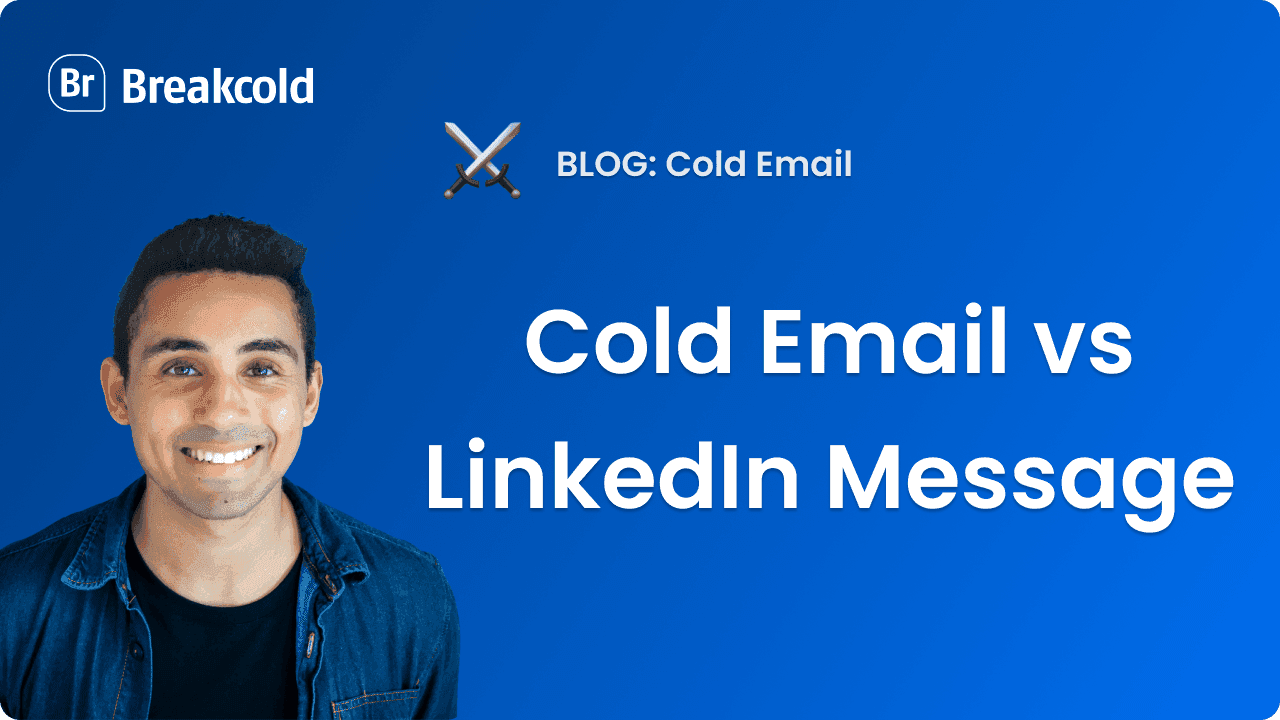
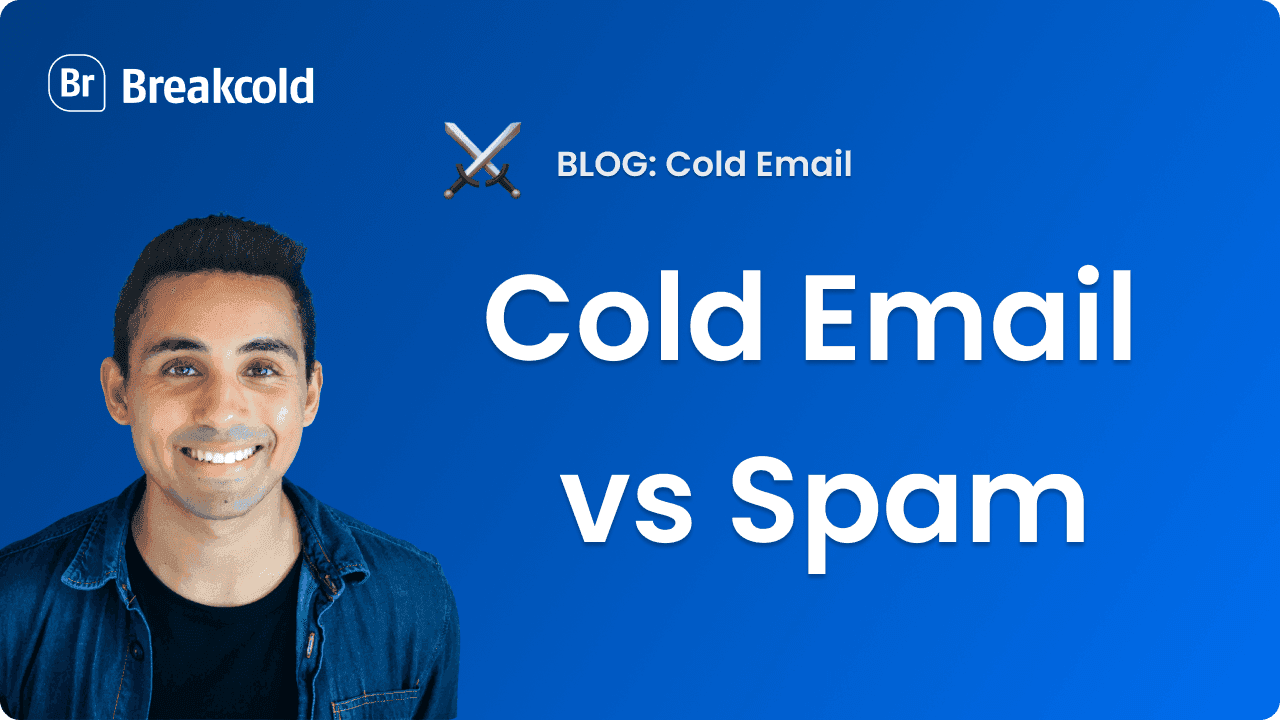
![Cold Email Subject Lines Secrets [18 Real Life Examples]](https://framerusercontent.com/images/cY6xDXi7lGiZF0P1XXDz5xw3E.png)
![56 Cold Email Tips [ACTIONABLE in 2025]](https://framerusercontent.com/images/0NjFhKHjhnNurwHQwfXNsjrxU.png)
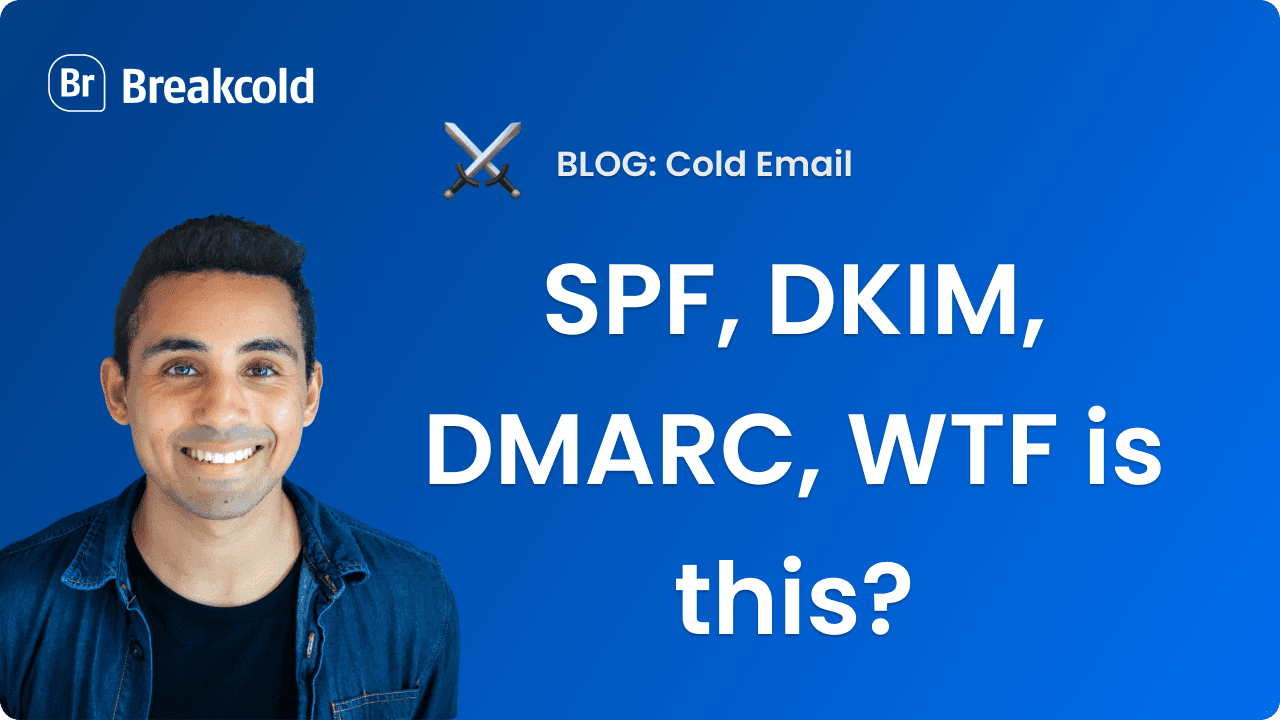
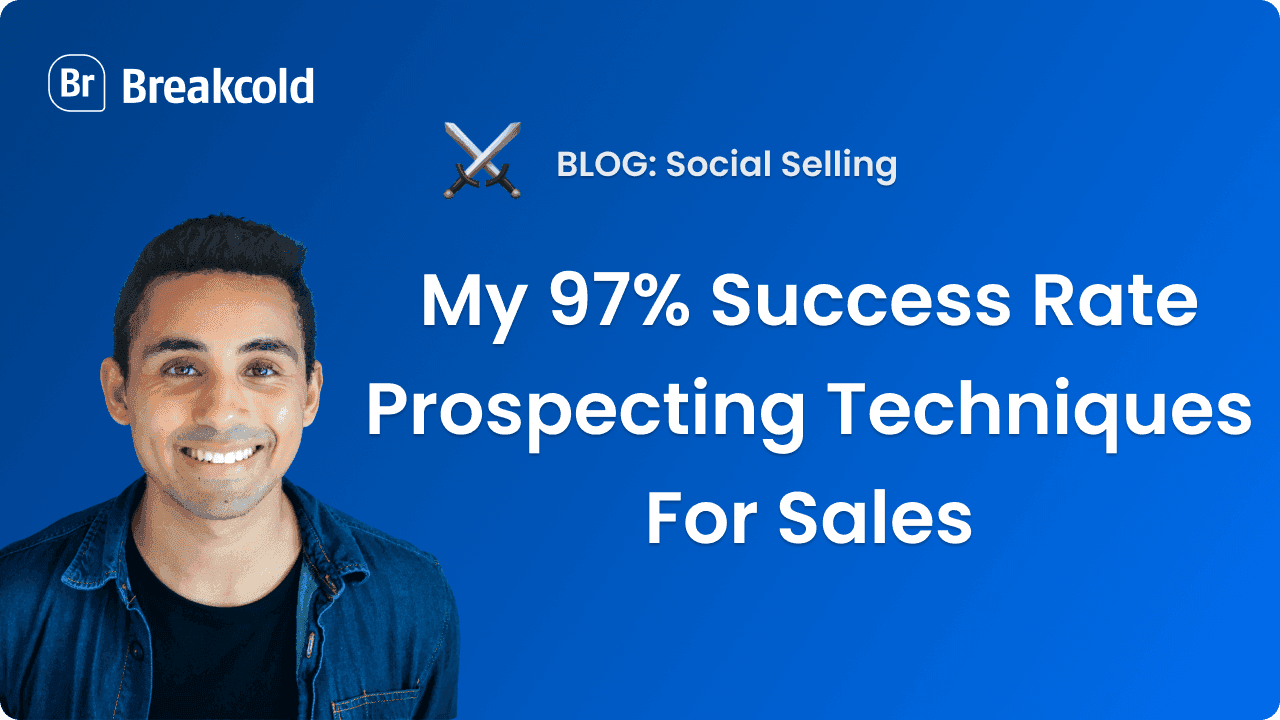
![How To Set Up Cold Email Custom Domain Tracking? [GUIDE]](https://framerusercontent.com/images/8pRglOUPyV48kBsr9pX5RUi40.png)
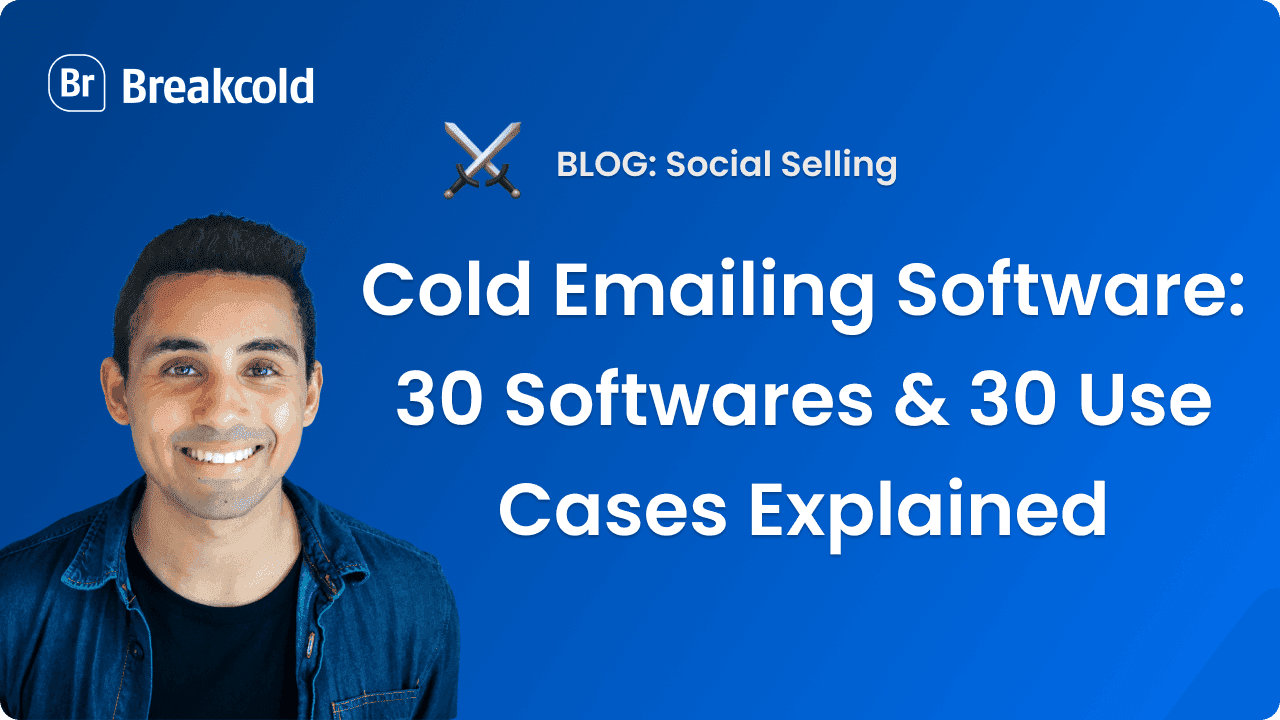

![Is Cold Email GDPR Compliant? [Is It Legal?]](https://framerusercontent.com/images/qqlKfefjQWJnyBzFqEvOlIq0wo4.png)
